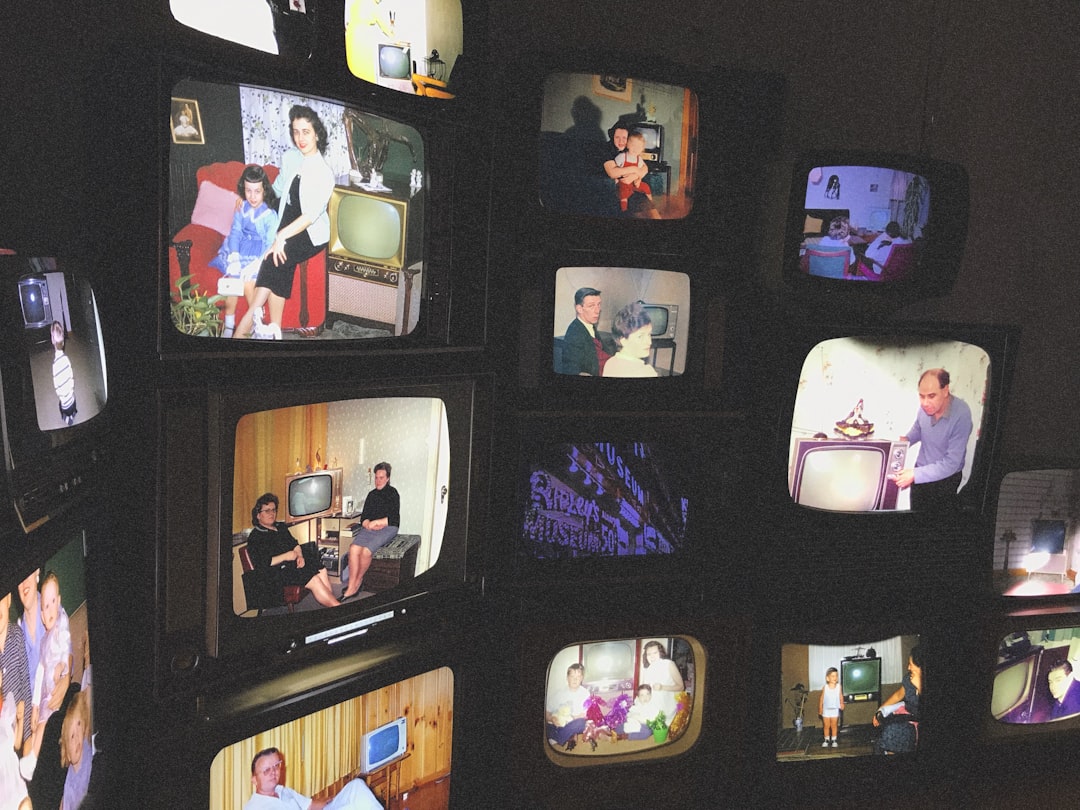What is it about?
The economic theory behind a consumer price index traditionally ignores the possibility that preferences for one good versus another tend to change over time. Allowing for preference change in the theory opens up many different techniques corresponding to different questions that one may ask about how the cost-of-living has changed. I compare these techniques using detailed retail transactions data and find that the perspective one chooses in asking questions about inflation has a significant impact on the answers.
Featured Image

Photo by Scott Evans on Unsplash
Why is it important?
The measurement of inflation is a timely topic in its own right and is also important for measuring real consumption, real output, and productivity. This paper provides a review and comparison of techniques for dealing with changing preferences which will help readers interpret and contextualize other research on the topic.
Perspectives
I hope this article helps readers better understand official price measurements as well as alternatives proposed in the academic literature.
Robert Martin
Bureau of Labor Statistics
Read the Original
This page is a summary of: Revisiting taste change in cost-of-living measurement, Journal of Economic and Social Measurement, July 2022, IOS Press,
DOI: 10.3233/jem-220485.
You can read the full text:
Resources
Contributors
The following have contributed to this page










